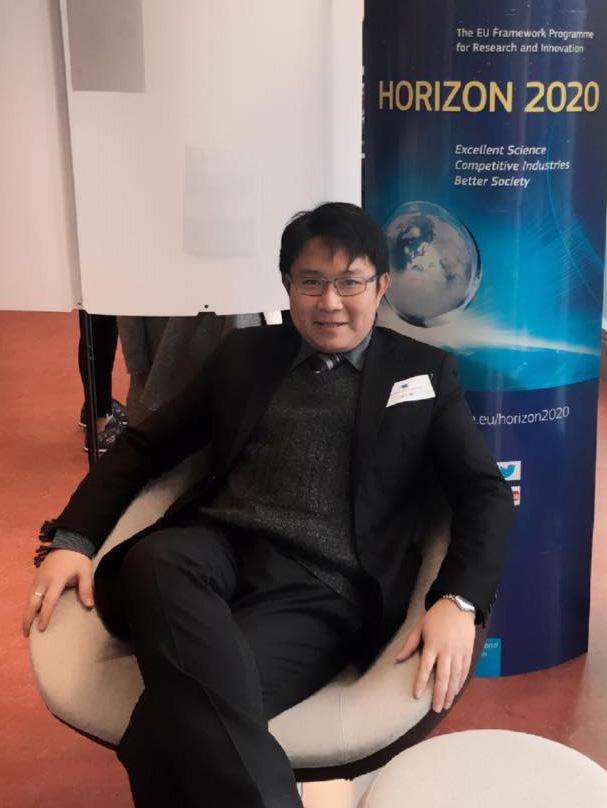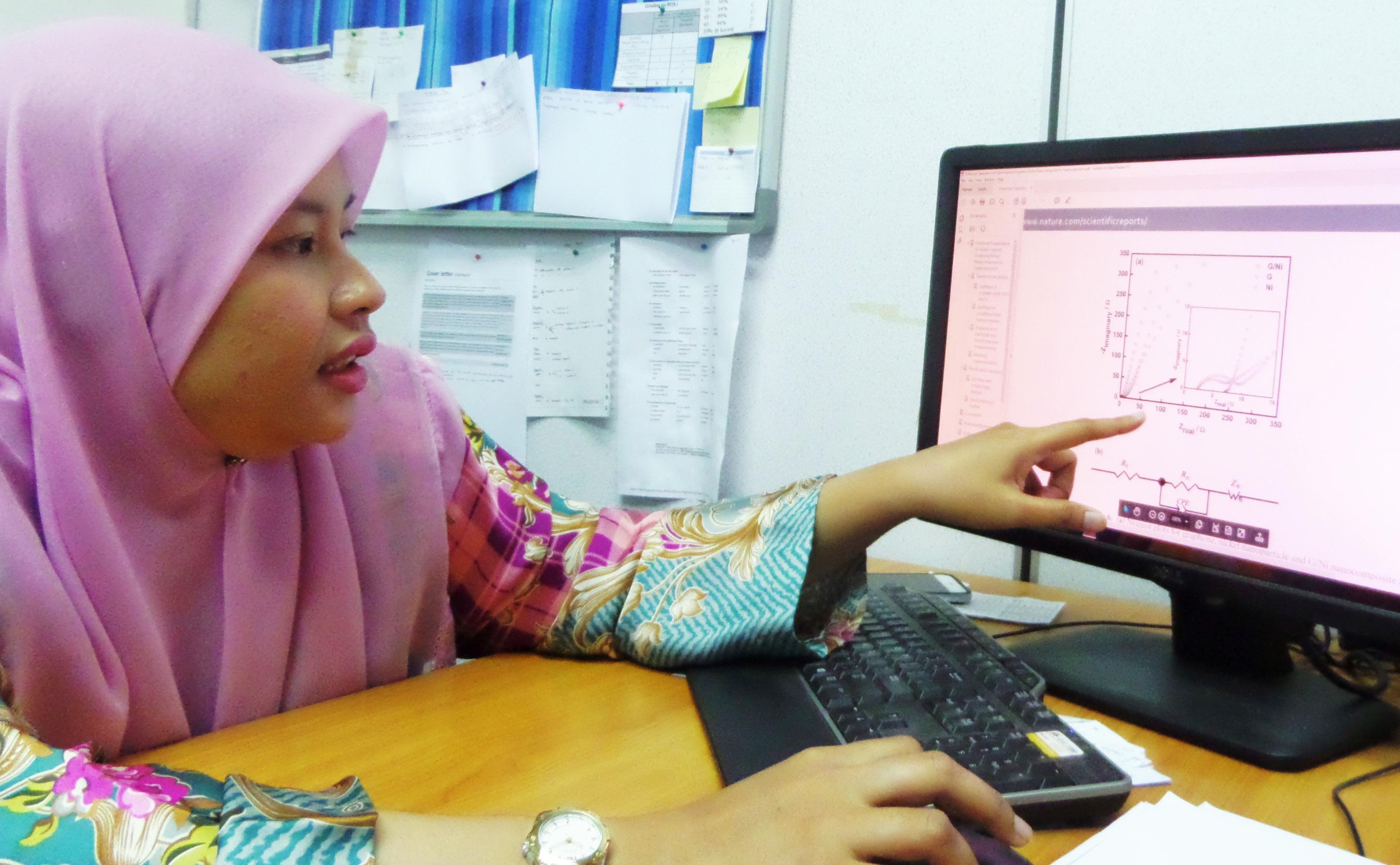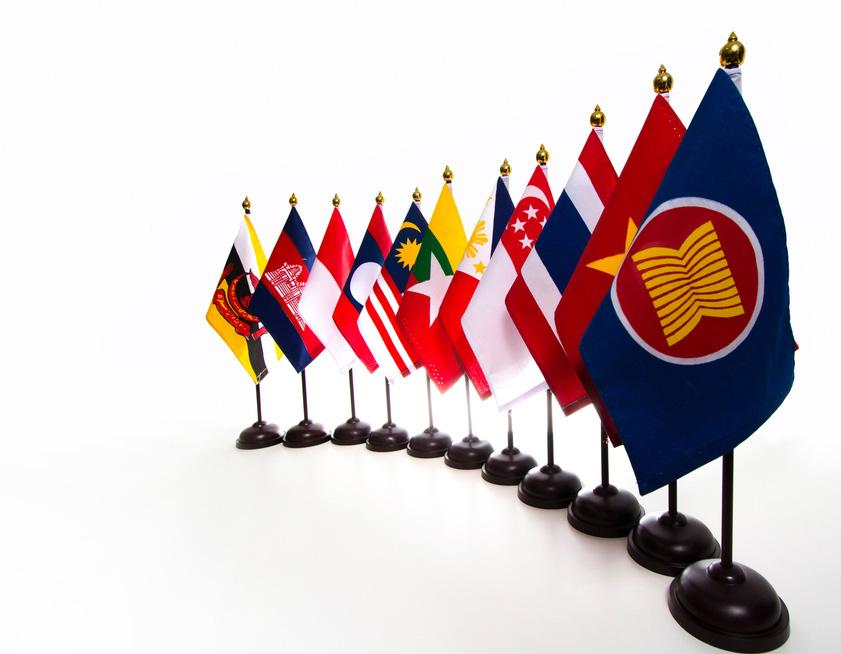
6 minute read
INDUSTRY COLLABORATIONS Mapping The Wind of Change for Renewable Energy
Mapping The Wind of Change for Renewable Energy
The Sustainable Energy Development Authority (SEDA) is working hand in hand with Universiti Malaysia Terengganu (UMT) towards realizing the goal of harnessing wind power as a source of renewable energy (RE).
Advertisement

Being a maritime university facing the South China
Sea and having talented scientists and equipments for the task, UMT is the perfect university to conduct RE research on wind, waves and ocean currents. In the past, UMT had collaborated with the Ministry of Science, Technology and Innovation (MOSTI) to do research on wind power as an RE resource.
On the other hand, since its inception in 2011 SEDA has formed numerous collaborations, partnerships and networking to achieve its vision of promoting the deployment of sustainable energy measures as part of the solution towards achieving energy security and autonomy.
Speaking to Voyages of Discovery, SEDA’s Renewable Energy Technology Division director Azah Ahmad said the collaboration with UMT is focused on wind power research. E x p l a i n i n g f u r t h e r , s h e s a i d w i n d p o w e r i s a s o u r c e o f renewable energy b u t i t h a s n o t b e e n tapped on a commercial basis.
“As an agency under the Energy, Green Technology and Water Ministry (KeTTHA) we have been tasked with implementing and encouraging the use of RE. To date, wind power remains an untapped RE resource, because we have yet to verify its technical potential in Malaysia. Whereas, other RE resources such as solar PV, biomass, biogas and small hydro had gained prominence,” she said.
“We have many collaborations with other universities for different RE resources such as with UiTM for solar photovoltaic (PV), UNITEN and UTM for both biomass and biogas. The only university that we are collaborating with on wind power is UMT,” she said. “ M o r e s p e c i f i c a l l y , o u r collaboration with UMT is f o r w i n d m a p p i n g o r m a p p i n g t h e w i n d power potential for Malaysia. Our threeyear memorandum of understanding ( M O U ) o n t h e national wind map s t u d y s t a r t e d i n 2 0 1 3 . T h e M O U ended last year but we renewed it for another three years early this year,” she said. Explaining further, Azah said extensive studies have to be conducted first before locations that have viable wind power can be identified. “Unlike solar power which can be determined very easily because it is obviously there, the availability of wind power is very hard to determine,” she said. She said UMT was chosen as SEDA’s partner in the wind power study because UMT had previously conducted wind energy assessment for five sites in Malaysia under the Techno-fund scheme of the Ministry of Science, Technology and Innovation (MOSTI). “SEDA also has a grant from Amanah Akaun Industri Bekalan Elektrik (AAIBE) for wind assessment but it is only enough for six sites. By pooling our resources with UMT, we have enough funds for 11 sites and this is a true win-win arrangement,” she said. UMT’s School of Ocean Engineering lecturer Assoc. Prof. Dr. Mohd Zamri Ibrahim said there are a few layers of studies that have to be conducted in order to asses wind energy. « Renewable Energy Technology Division Director, Mrs. Azah Ahmad
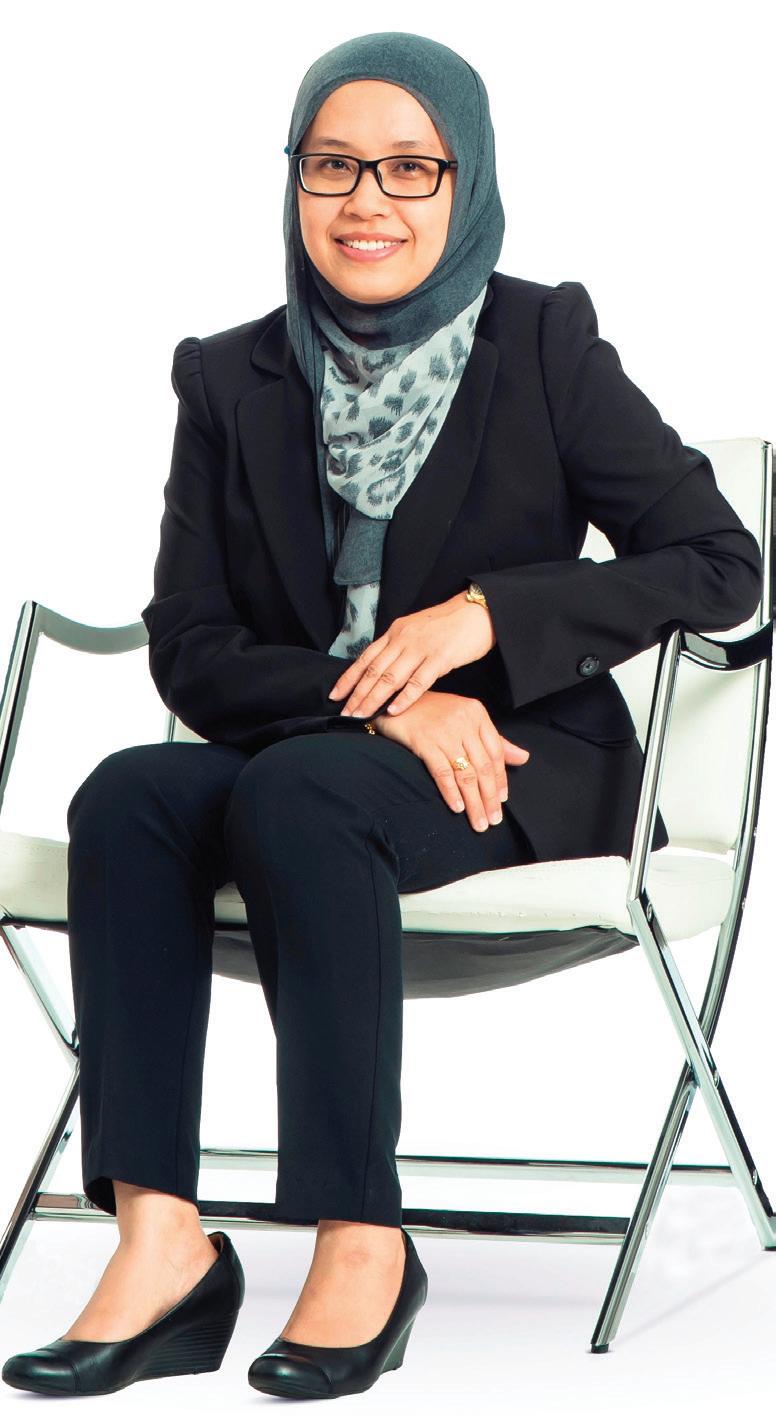
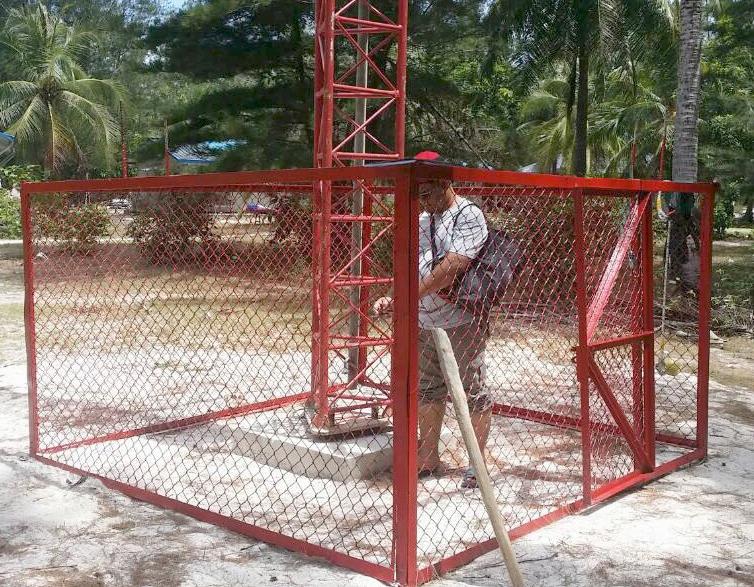
“The first layer is a general study of its availability, after that we will erect 70-metre tall wind masts to collect wind data at the specified heights,” he said.
He added that the wind speed must be at least five meters per second for it to be considered viable to generate electricity.
“This is vastly different from making a casual observation about a place being windy. A place can be windy but without enough speed to turn the blades of a wind turbine we cannot use it to generate electricity,” he said.
However, Assoc. Prof. Dr. Mohd Zamri said identifying potential sites to tap wind power to generate electricity is only half the battle because further testing with real, electricity-generating turbines is needed to confirm it.
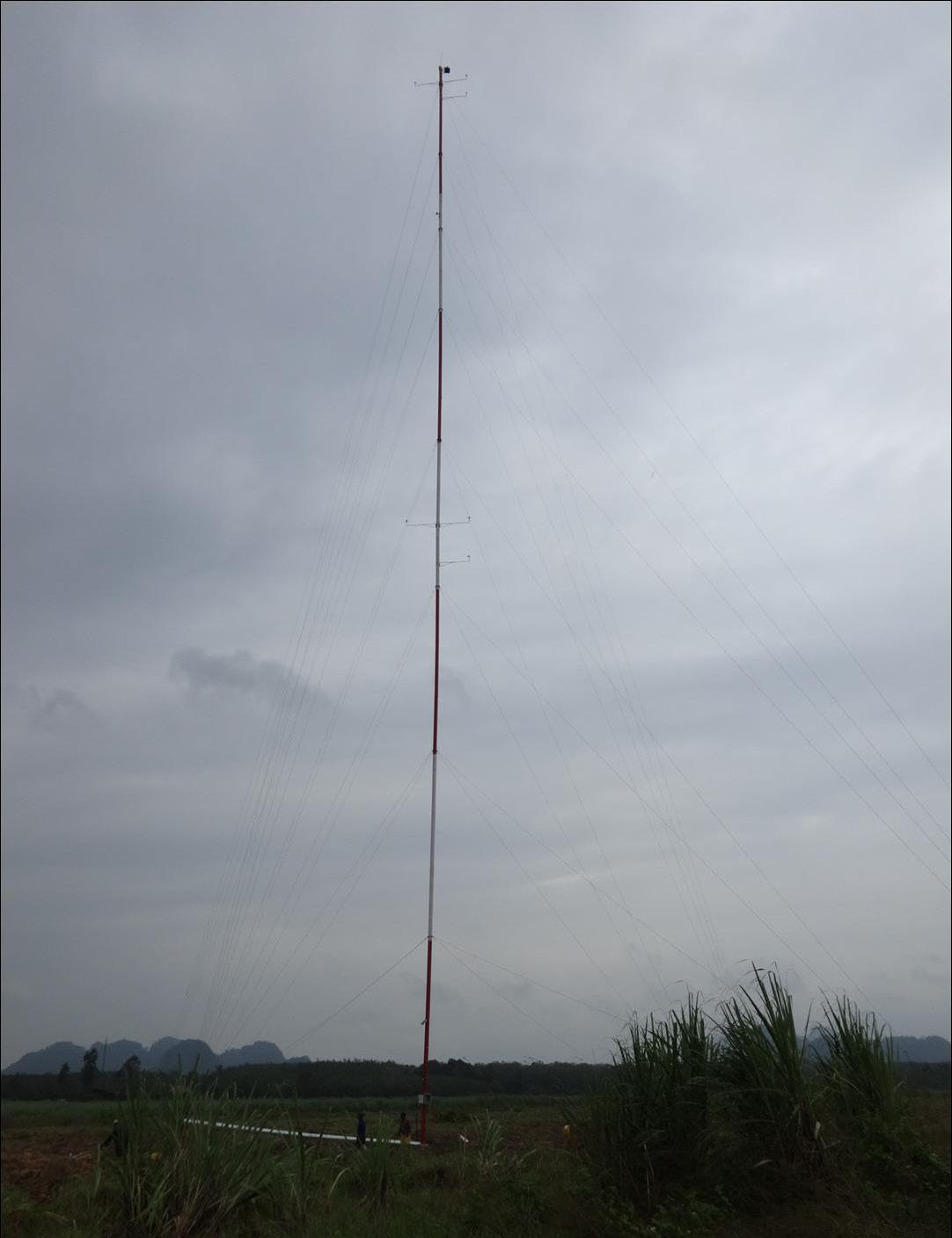
Commenting on this, Azah said SEDA is now conducting wind assessment at Pulau Mantanani in Sabah as the
Single pole wind mast at 60m height for wind measuring at selected site
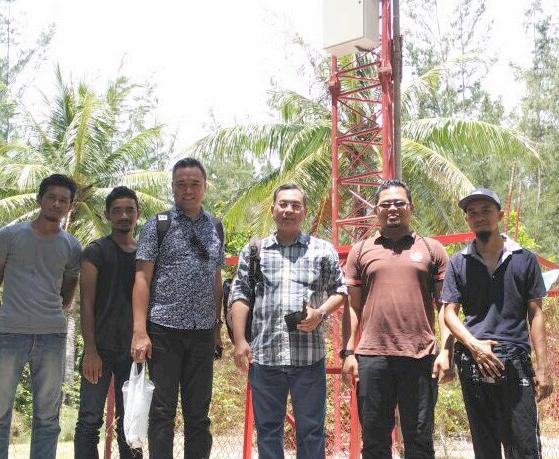

Demonstration small scale wind turbines installed at identified location.
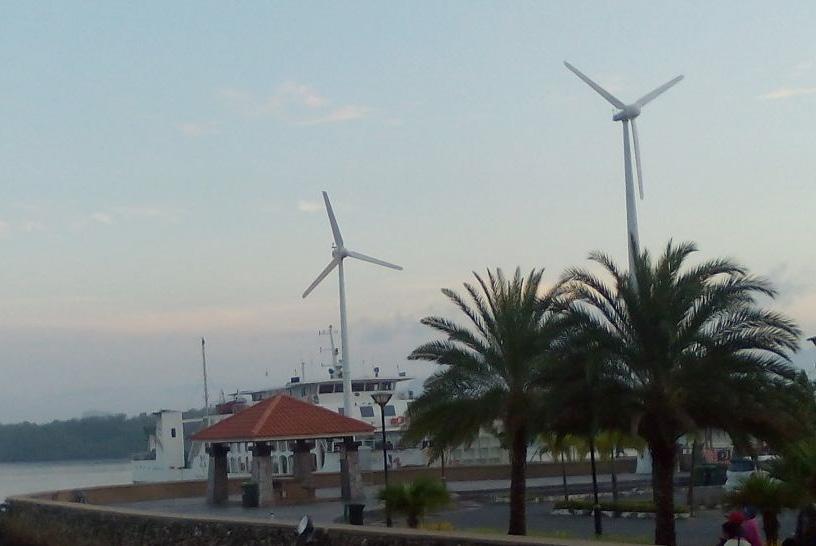
island is fully reliant on diesel. If the assessment results show feasibility, the electricity for the island could be supplied by a solar PV-wind power hybrid system.
Assoc. Prof. Dr. Mohd Zamri nodded his agreement and said the site on Pulau Mantanani had surpassed the minimum requirements as a potential wind farm location.
“We are confident that the site has a wind factor of between 20 to 30 percent viability, which is more than sufficient according to wind energy standards,” he said.
Moving Towards Renewable Energy Awareness
Azah said while SEDA is powering the drive towards more RE in the nation’s energy needs, the agency is also working hard to increase the general public’s awareness about it.
“It has only been six years since SEDA was established and it is understandable that our surveys found that generally the public is still unaware of our existence. We want to have a more holistic approach to promote SEDA and why it was set up,” she said. “Technology-wise, the cost of RE is steadily decreasing. The electricity tariff in Malaysia is highly-subsidised, but hopefully the technology cost will come down enough to enable more people to participate in its implementation,” she said.
She said even the nation’s power company Tenaga Nasional Berhad (TNB) has started to embrace RE. “One of SEDA’s goals is to increase public awareness about RE so that the people of Malaysia will embrace RE too, because it is the way forward,” she said.
She gave an example of how most people in Malaysia are not aware of the 1.6 percent levy for the RE Fund in their monthly electricity bills.
“This means every electricity user is contributing to the advent of RE. The levy is then used to pay for each units of electricity sold to the national utility (TNB or SESB) at premium prices,” she said.
Azah said SEDA’s partnership with UMT and other universities could also pave the way for more awareness about RE, especially among students.
“We are aware that UMT has its own Green Campus Blueprint and this is a very encouraging development. SEDA supports such initiatives by universities as it can increase the awareness about RE,” she said.
Echoing her sentiments, Assoc. Prof. Dr. Mohd Zamri said UMT is planning to have student-centric facilities that are powered by RE.
“For example, we have plans to have solar or windpowered gazebos where students can charge their mobile phones and laptops,” he said.
Looking at the advantages of RE and UMT’s commitment to make it a part of its campus, it is safe to say that the winds of change will bring the university to the forefront of RE research and usage.



